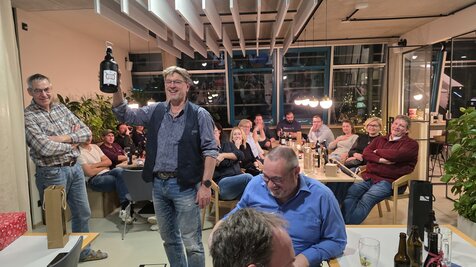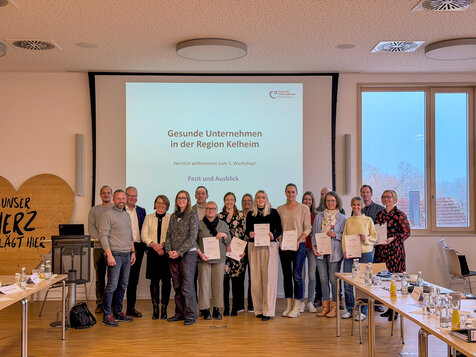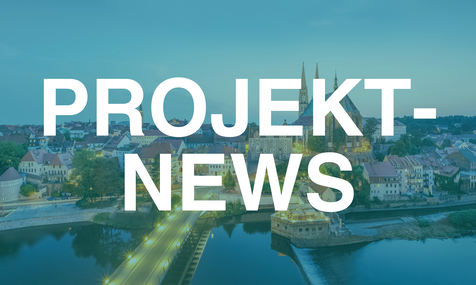
Every year again - our internal Christmas party
Once again this year, we had a wonderful internal Christmas party together. A big thank you goes to our entertainment manager Sonja Eichstätter for organizing the evening.
Pollutant limits are constantly being tightened. For example, when using renewable raw materials such as wood chips or pellets to generate heat or in power plants. And that's a good thing. Because this has made it possible - not only in East Germany after the 1989 "reunification" - to make the air in this country fairly free of particulate matter again. In many areas, this used to be partly responsible for the so-called "smog". For the younger ones among us, smog stood for the combination of smoke and fog. Dense blankets of smog over Leipzig, the Saarland or the Ruhr area were the cause of respiratory diseases for many people. Nowadays - thank goodness - particulate matter levels are below 20 micrograms per cubic meter of air (µg/m³) almost all year round everywhere in Germany. Only in a few hours around the turn of the year do these levels explode to almost immeasurable levels: even over 1000 µg/m³ of air are not uncommon for hours on end. And - contrary to what many people assume - southern Germany is the annual peak for particulate matter. "To protect human health, limit values for the particulate matter fraction PM10 have been in force throughout Europe since January 1, 2005. The daily limit value is 50 µg/m3 and may not be exceeded more than 35 times a year. The permissible annual average value is 40 µg/m3", according to the UBA. A further tightening of the requirements for heating (power) plants is in the pipeline.
However, on one day of the year of all days - the night of 31 December to 1 January - particulate matter pollution exceeds the daily limit value by at least 20 times. The culprits are often people who think they have to make their neighbors, children or animals happy with New Year's Eve fireworks. This may be true for one or two people for the small bang moment. But in the long term, the opposite is true: banging firecrackers endangers their health.
When using wood and the like for energy, we naturally accept that only very small amounts of pollutants may be blown into the air during combustion.
But why don't we think about the health of people and animals on New Year's Eve of all times and just leave the fireworks alone?
Or - if that doesn't work voluntarily: Here with the legal ban on firecrackers!
Michael Gammel

Once again this year, we had a wonderful internal Christmas party together. A big thank you goes to our entertainment manager Sonja Eichstätter for organizing the evening.

Healthy and motivated employees are the foundation of a successful company - especially in economically challenging times. The "Healthy companies in the district of Kelheim" network, in which nine regional companies have joined forces to establish occupational health management (OHM) not as a short-term measure, but as a sustainable and systematic process, follows precisely this claim.

What great news! We are incredibly proud and delighted that, together with our partner IWR GmbH, we have been awarded the planning contract for a 12 MW seawater heat pump including seawater extraction and a biomass heating plant as part of the cross-border UNITED HEAT project.